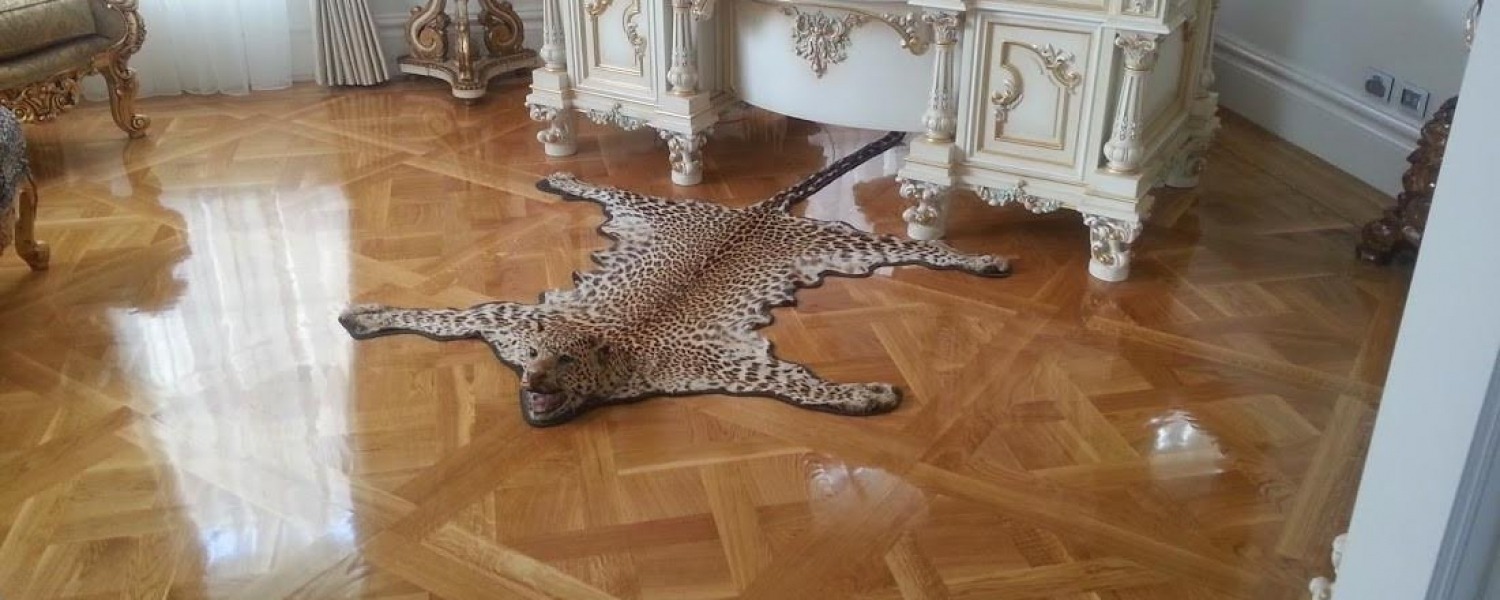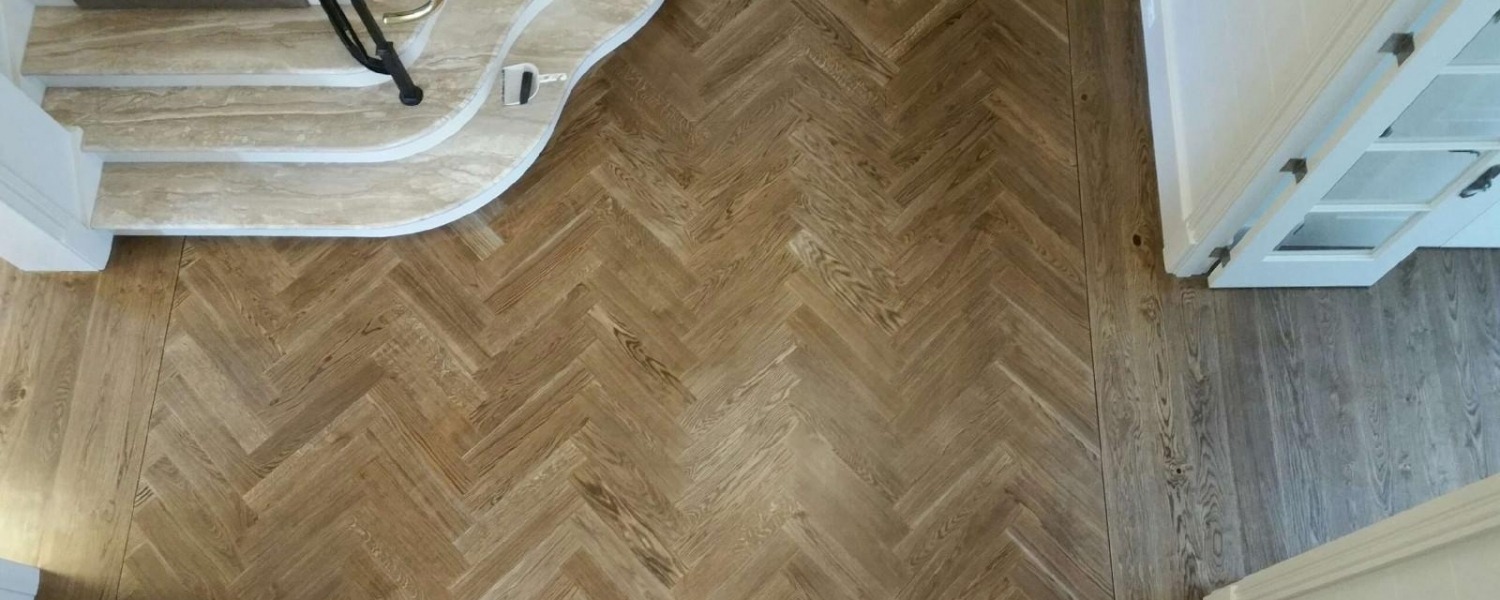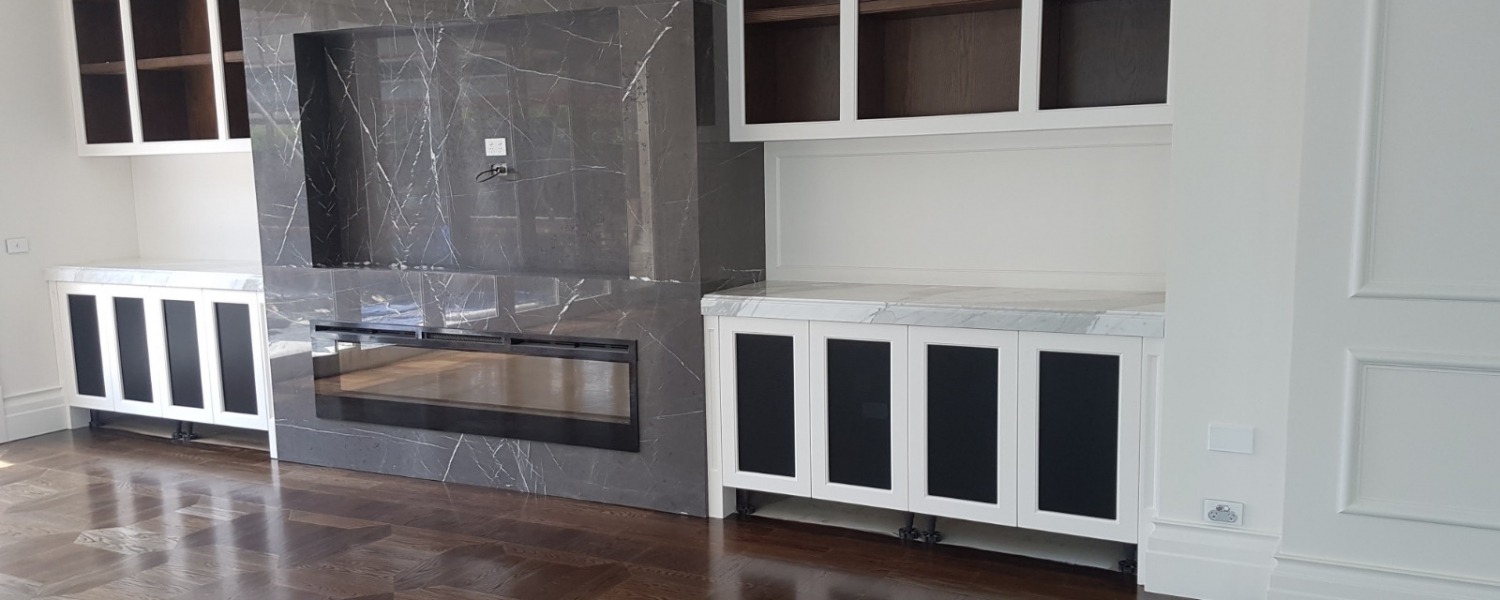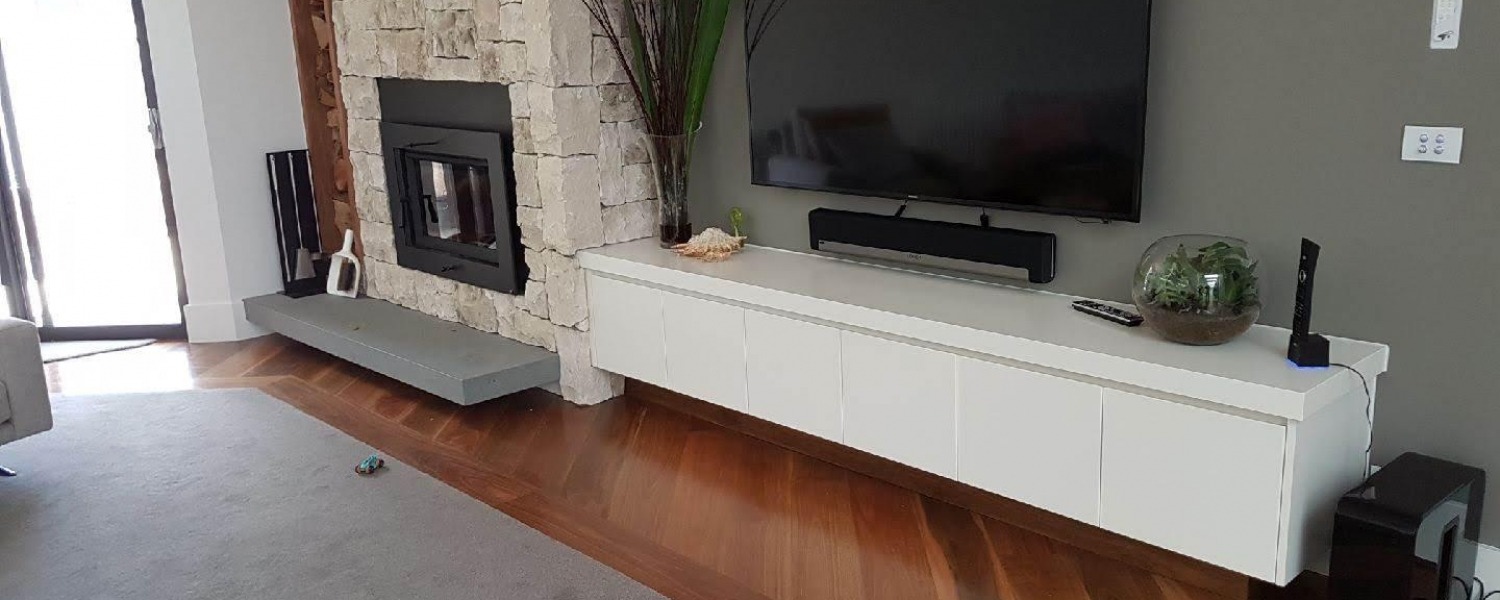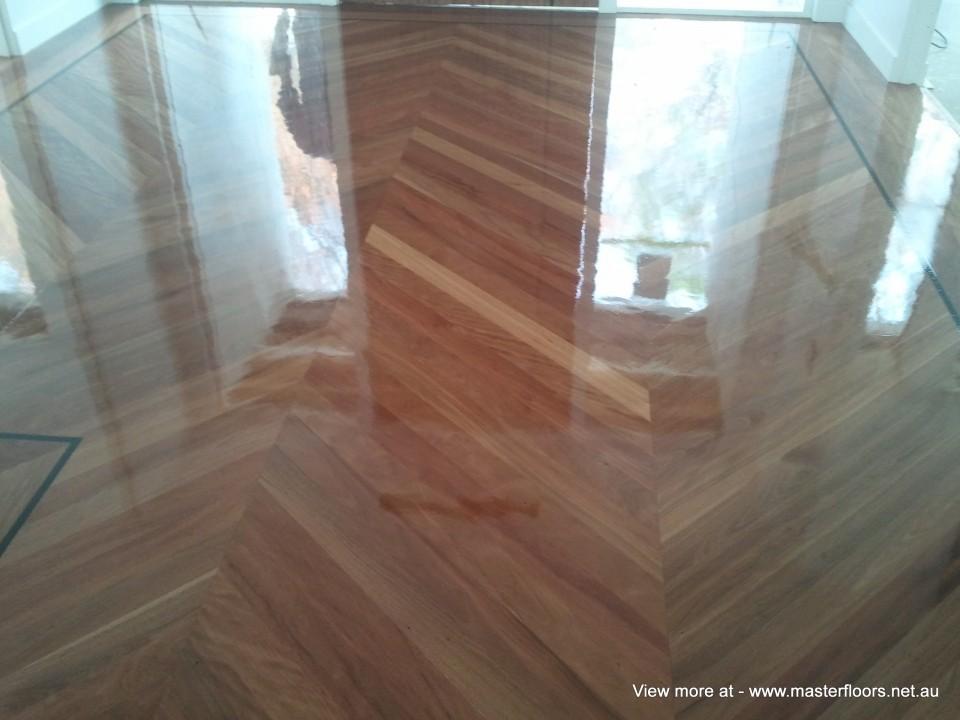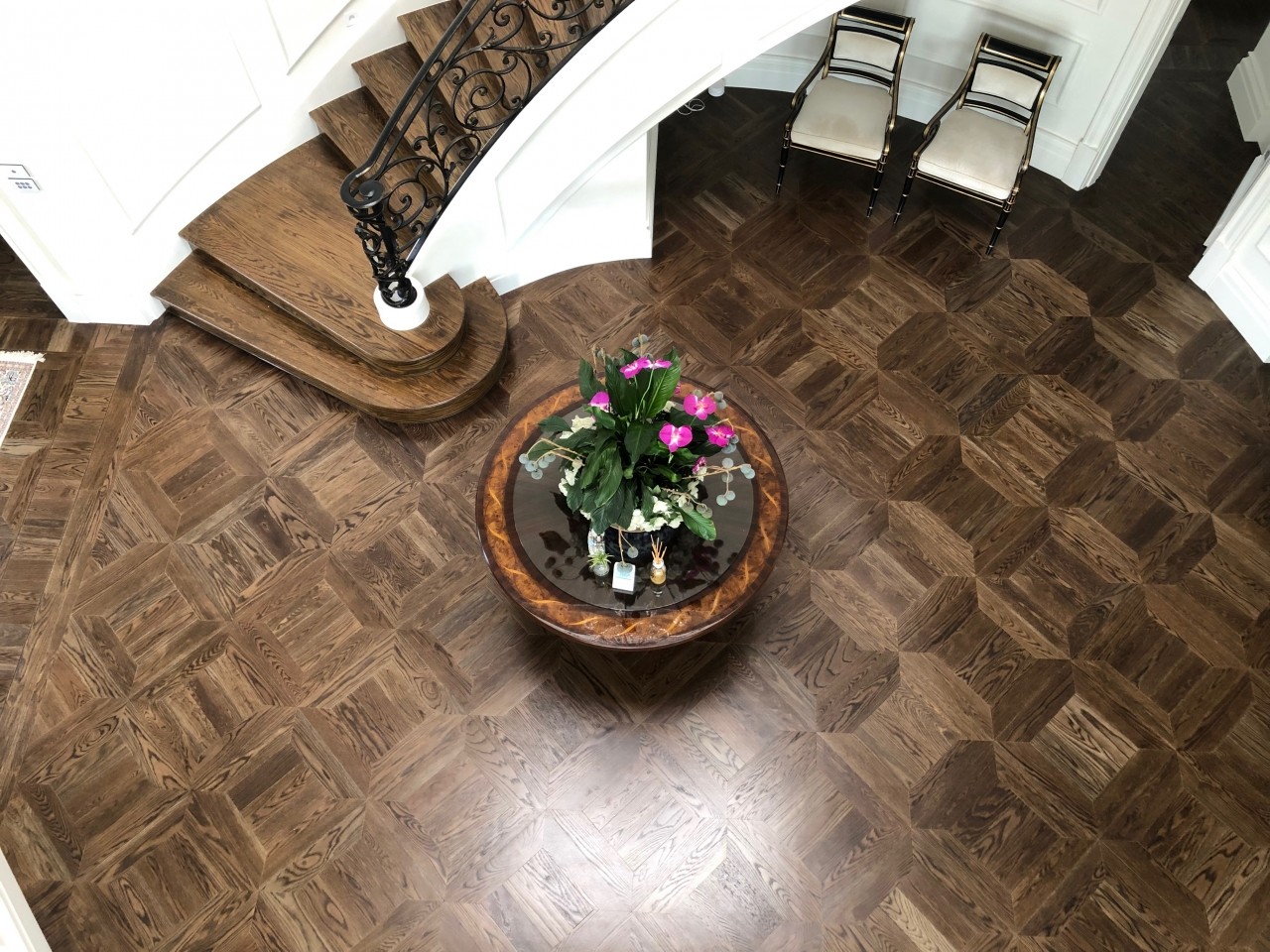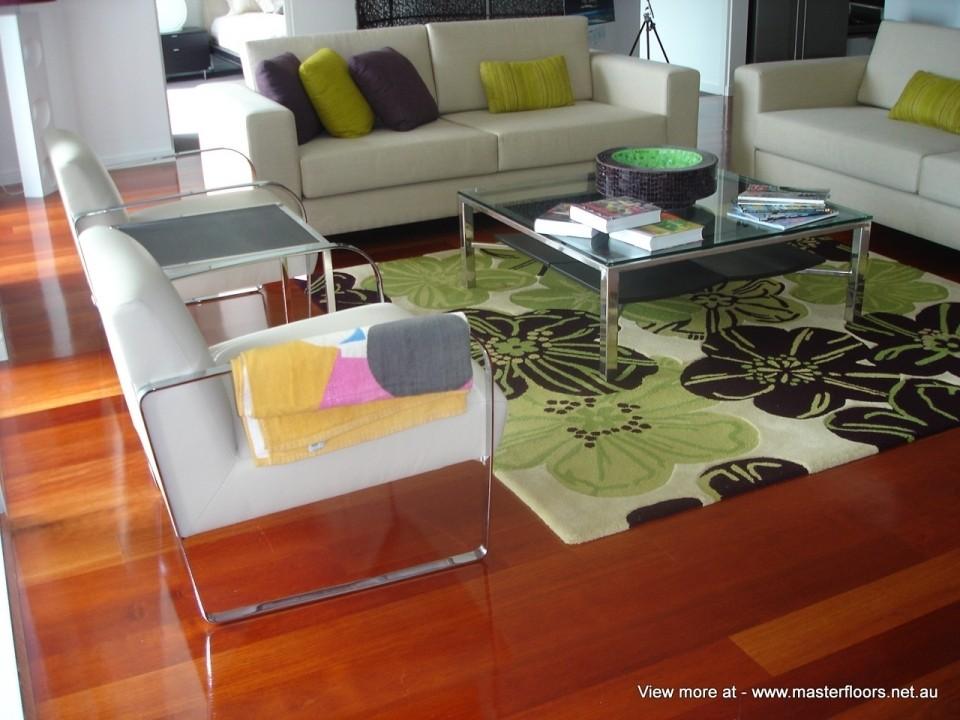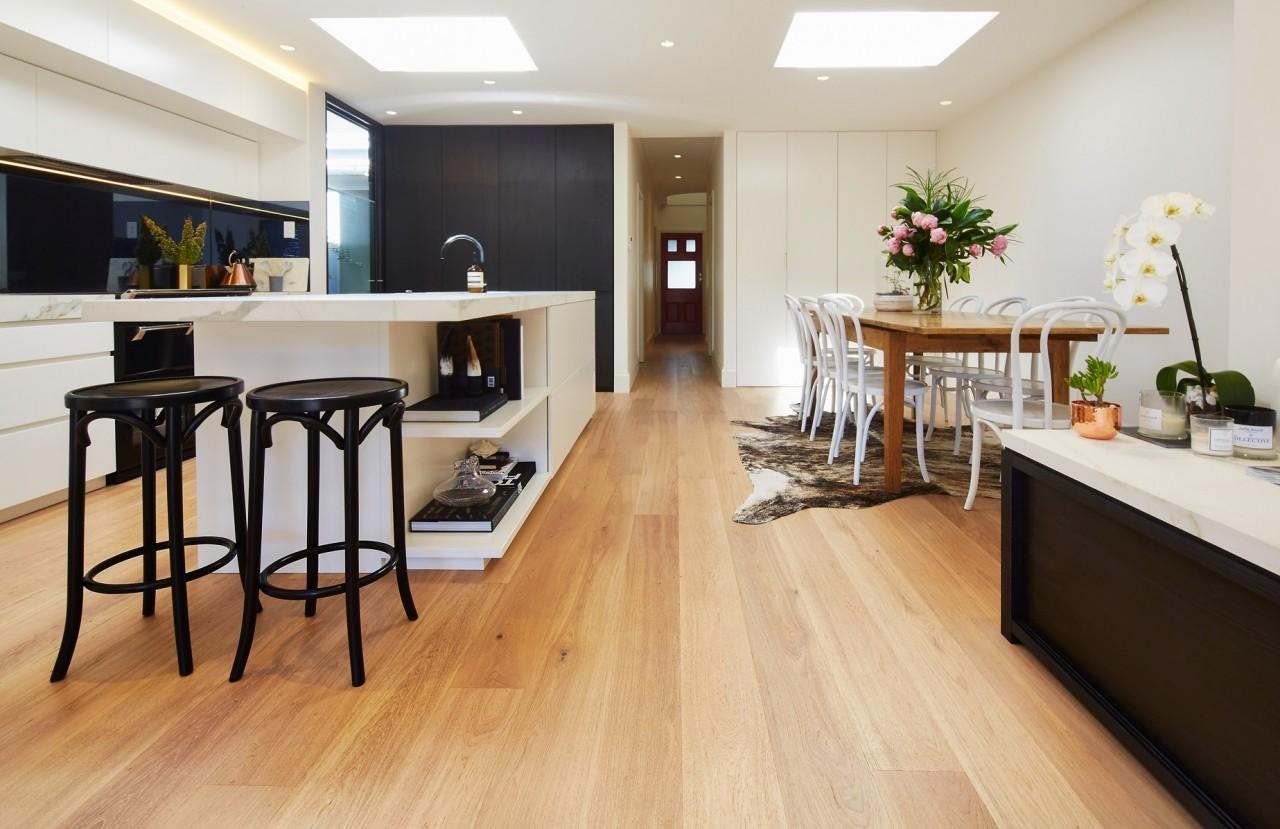- 03 9354 4717
- This email address is being protected from spambots. You need JavaScript enabled to view it.
- Mon - Fri 9:00:- 5:00 Sat 10:00 - 2:00
Timber Finishes
Penetrating finishes such as oils and waxes penetrate deep into the wood fibers. These finishes have a mat or satin appearance. They require more maintenance than other finishes and are less resistant to wear. However, they are free from edge bonding issues and enhance the natural beauty of timber.
Surface finishes form a protective shield on top of the timber by means of evaporation leaving a layer of polyurethane. These finishes are divided into three groups;
Solvent based polyurethane finishes are the most economical. They provide a hard-wearing finish and require minimal maintenance. They are, however, toxic and fill the house with toxic vapors during application and curing. They are prone to edge bonding, darken through UV exposure and have long drying times. They are available in satin, semi-gloss and high gloss finishes.
Water based polyurethane finishes are a little more expensive than solvent based but offer many benefits. Both are hard wearing and require minimal maintenance. They are also UV stable, reduce edge bonding and maintenance whilst enhancing natural colour of the timber. They are non-toxic and fast drying. Less shiny than solvent based polyurethane finishes, they are available in mat, satin or gloss. Certain timbers might require special a sealer to ensure natural oils are isolated.
Oil modified polyurethane finishes are a composition of penetrating oil and surface finish. They are more durable than pure oil finishes but less durable than pure polyurethane finishes. They require more maintenance than pure polyurethane finishes but provide a natural look to the timber. They darken through UV exposure and are available in a satin or semi-gloss finish.
Tung Oils, like oil modified products, provide a natural look on the floor, however they are high maintenance and lack durability
Edge bonding is the term used to describe the bonding effect of boards caused by solvent based polyurethane finishes. The finish acts as a glue between boards bonding them together. When boards contract naturally, this bonding effect can cause irregular gapping or splitting of boards.
Master Floors (Aust) high-quality coatings applications and methods, have a proven track record.
Most customers believe that the more layers of coating they are applied on the floor the better and longer lasting that floor will be. This belief is a myth; on a new floor only the correct quantity of coating should be used. Many new floors will take months or even years to settle in. A three-coat application is the best way to finish off a new floor.
No matter what coating used, all floors will darken over time even if non yellowing finishes are used, due to oxidation of the physical wood.
View More Pages
Monticello Parquetry by Masterfloors
by MasterFloors
Timber Flooring Gallery - By Masterfloors
by MasterFloors
French Oak
by MasterFloors
